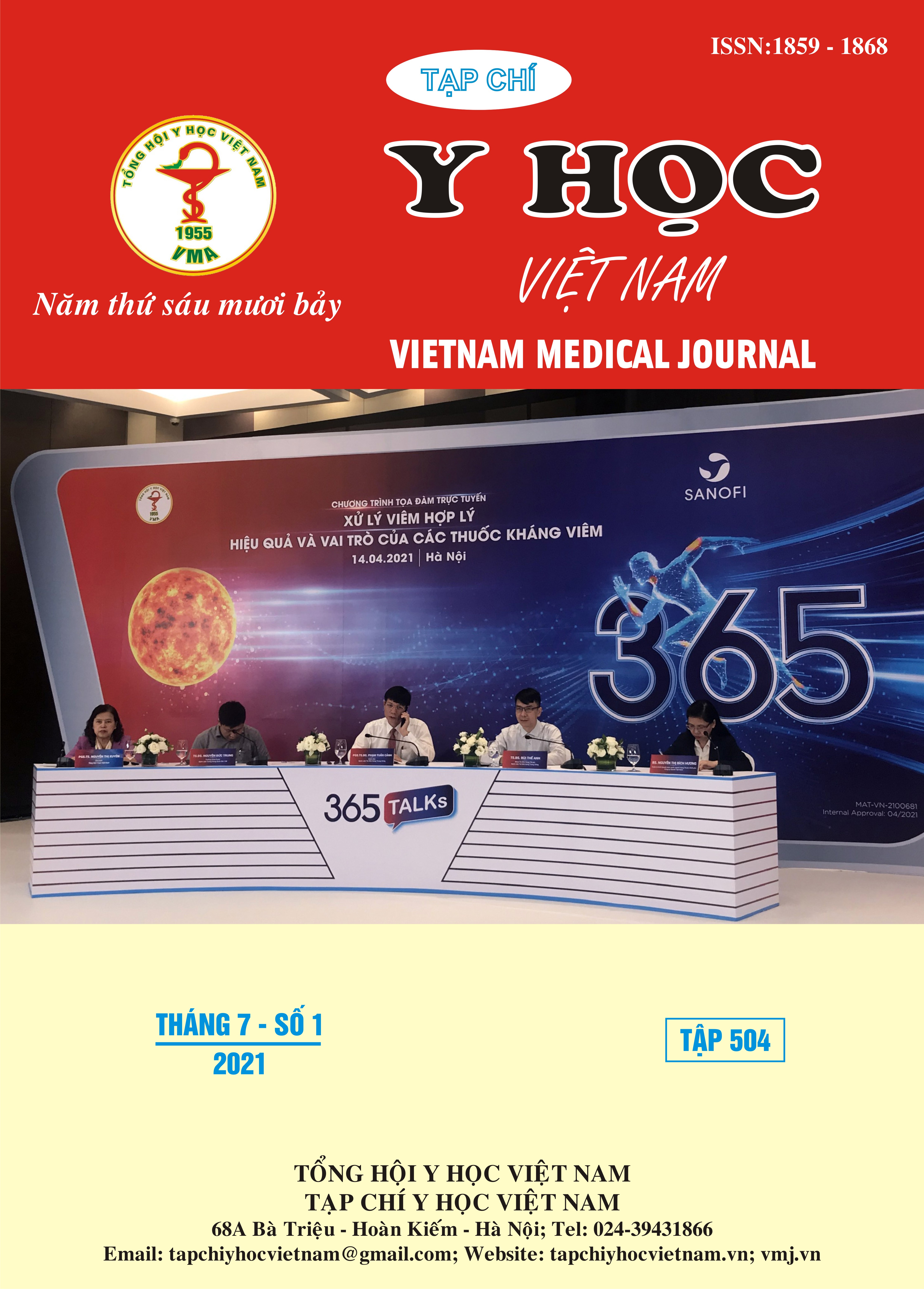ANATOMIC VARIATIONS OF SPHENOID SINUS AND RELATED ADJACENT STRUCTURES - A STUDYBY IMAGING MULTIDETECTOR COMPUTED TOMOGRAPHY
Main Article Content
Abstract
Purpose: Study on anatomic variations of sphenoid sinus and related adjacent structures by 3D imaging helical CT scan. Materials and methods: This retrospective study included 60 patients who underwent CT of the paranasal sinuses. The multiplanar reformations of paranasal sinus were assessed for the type of pneumatization of the sphenoid sinus and type of clival, lateral recess, lesser wing, and anterior recess extensions and protrusion and dehiscence of internal carotid artery (ICA), optic never (ON), maxillary never (MN) and vidian never (VN). Results: The extensions of pneumatization subtypes in the study were clival in 63,3% subjects; lateral recess, lesser wing, and anterior recess in 63,3%, 30% and 20% . Protrusion and dehiscence of ICA, ON, MN, and VN were noticed in 71,7% and 10%; 49,2% and 7,5%; 37,5% and 3,3% and 44,2% and 19,2%. There was a statistically significant correlation between the lateral recess pneumatization and carotid canal protrusion (p<0,001); vidian canal protrusion (p<0.001), and foramen rotundum protrusion (p< 0.001). The optic canal protrusion was found to be significantly associated with theanterior clinoid and lesser wing pneumatization(p<0.001). Conclusion: The anatomical variations of the sphenoid sinus tend to give rise to a complexity of symptoms and potentially serious complications. This variability necessitates a comprehensive understanding of the regional sphenoid sinus anatomy by a detailed imaging multidetector computed computed tomography sinus examination.
Article Details
Keywords
Anatomic variations of phenoid sinus, Relate Adjacent structures Transsphenoidal endoscopic surgery
References
2. Rhoton. A (2012). Surgical anatomy of the sellar region, Transphenoidal surgery, Elservier Sanders, Philadelphia, 92 – 119.
3. Jian Wang, Sharatchandra S Bidari, Kohei Inoue, et al. (2010). Extensions of the sphenoid sinus: a new classification. Neurosurgery. 66, 797-816.
4. Hiremath, et al.(2018). Variations in sphenoid sinus pneumatization in Indian population. Indian Journal of Radiology and Imaging.28, 273 -279.
5. Rahmati A et al.(2016). Normal Variations of Sphenoid Sinus and the Adjacent Structures Detected inCone Beam Computed Tomography. J Dent Shiraz Univ Med Sci. 17(1): 32-37.
6. Budu V et al. (2013). The anatomical relations of the sphenoid sinus and their implications in sphenoid endoscopic surgery. Rom J Morphol Embryol. 54, 13 – 16.


